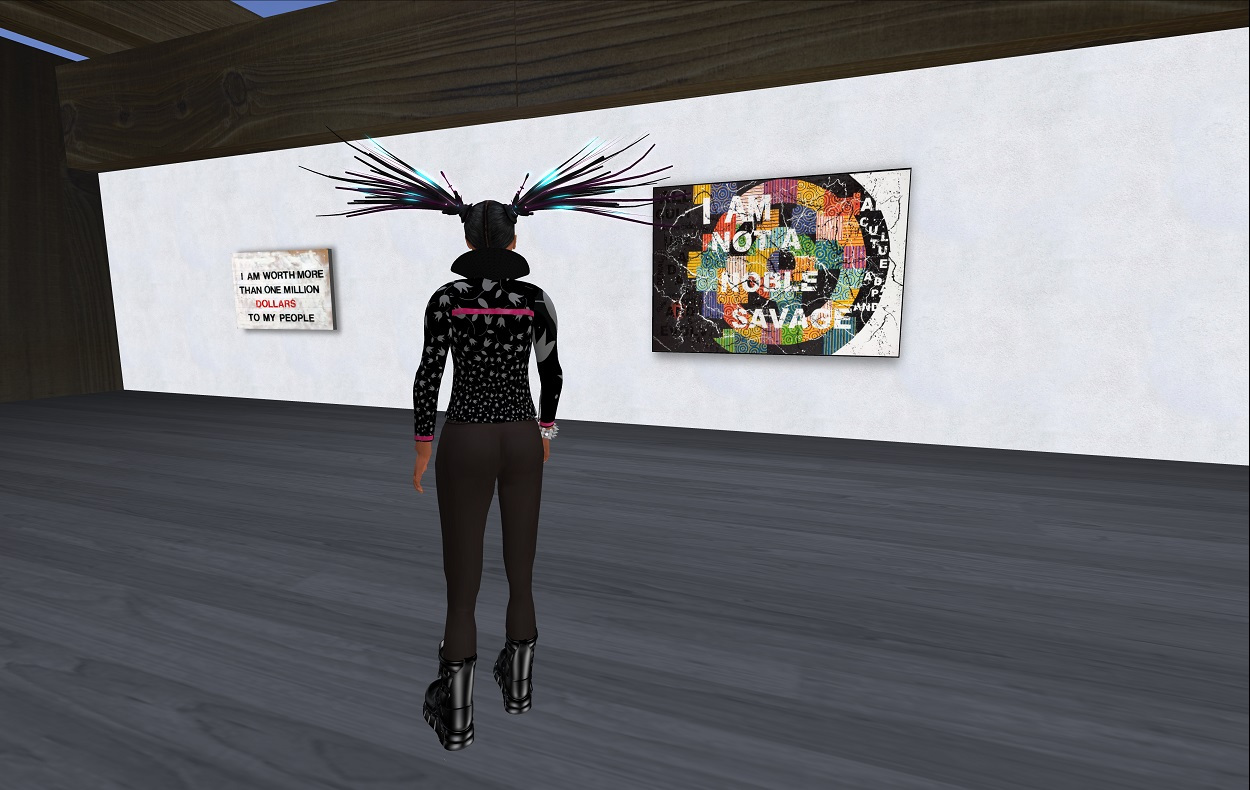“I’ve been wanting to write about the theme of overcoming adversity because it struck me that young people face a similar challenge today in the virtual world” (Wab Kinew, 2021).
Wab Kinew’s first young adult novel, “Walking in Two Worlds”, will be released this September and speaks to the two worlds we have been discussing in this course. Although this post is not directly tech related, it is about the role technology plays with identity. it would be a great resource to use in the classroom and is a true example of indigenization— having a story told from the perspective of an Indigenous voice about Indigenous issues and about how teenagers, both Indigenous and non, really wander in two worlds.
![Kinew, W. [@wabber]. (2021, July 24).My first novel. [picture]. Instagram. https://www.instagram.com/p/CRr4uglhWgT/](https://blogs.ubc.ca/coursede4932f081da6fedf382534047e7c168239efa33/files/2021/07/2021-07-29-2-300x221.png)
Kinew, W. [@wabber]. (2021, July 24).My first novel.[picture]. Instagram. https://www.instagram.com/p/CRr4uglhWgT/
Kinew provides a short synopsis of the book: “
Bugz is a shy teen from the Rez who becomes the world’s best gamer. She brings the civilization of her Anishinaabe ancestors and their supernatural relatives back to life in a virtual world that’s something like a cross between Fortnite and Minecraft. When a rival clan threatens this cultural resurgence she’s forced to dig deep to battle back on behalf of all she holds dear” (Kinew, 2021)
My final paper is looking at Howe’s (1998) description of tribalism and this book would tie nicely to his social aspect, especially since this is about how an Indigenous teen is living in our current tech dominated reality. Howe (1998) believes the social aspect of tribalism lies with the “relationship between a unique community and their landscape that is often encoded in stories about particular events throughout their history” (p.22) Although I have not read his book, I looked at Kinew’s Instagram (notice how technology, and even social media linked me to this novel?) and he was motivated to write this novel and stated:”I met some young Anishinaabeg who were reading YA fantasy and sci-fi. I couldn’t help but notice that while many of us have navigated what are sometimes referred to as the Indigenous and non-Indigenous worlds, that for many young people today balancing the virtual and “real” worlds is super important”. I think this book, although fictional, lends a new view into what landscape Indigenous youth are connecting with, that being the online world.
I’m looking forward to using portions of this text in the SS9 curriculum as it is the right age. It will work with many key skills as well.
References and Links
Kinew, W. [@wabber]. (2021, July 24).My first novel. [picture]. Instagram. https://www.instagram.com/p/CRr4uglhWgT/
Whitlock, Nathan. (2021, April 28,). Authors Deborah Ellis and Wab Kinew talk about writing tough true stories for young readers.The Globe and Mail. https://www.theglobeandmail.com/arts/books/article-authors-deborah-ellis-and-wab-kinew-talk-about-writing-true-stories/



![Kinew, W. [@wabber]. (2021, July 24).My first novel. [picture]. Instagram. https://www.instagram.com/p/CRr4uglhWgT/](https://blogs.ubc.ca/coursede4932f081da6fedf382534047e7c168239efa33/files/2021/07/2021-07-29-2-300x221.png)